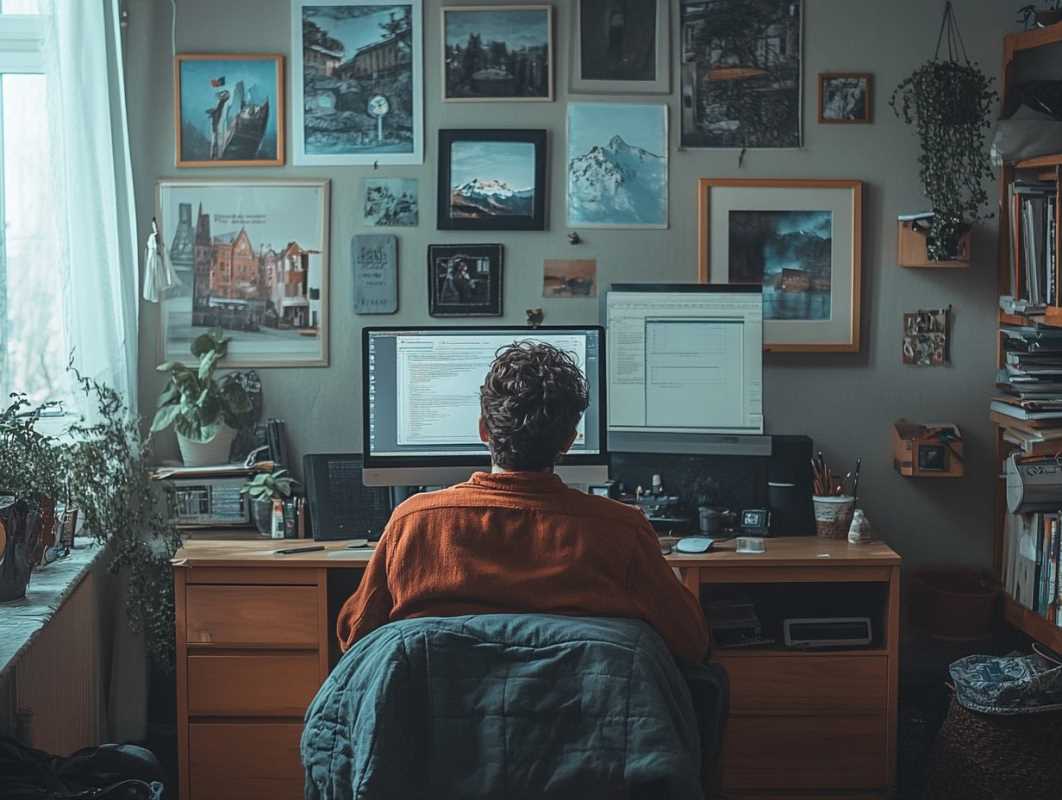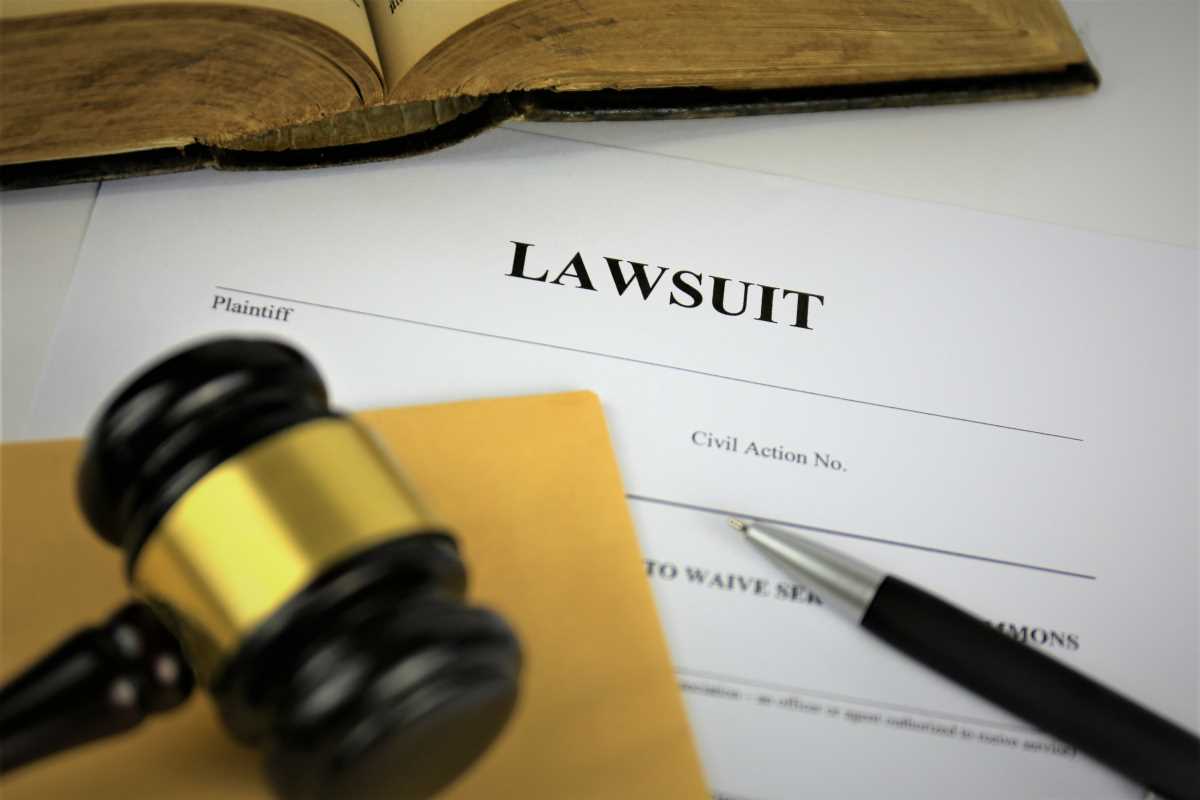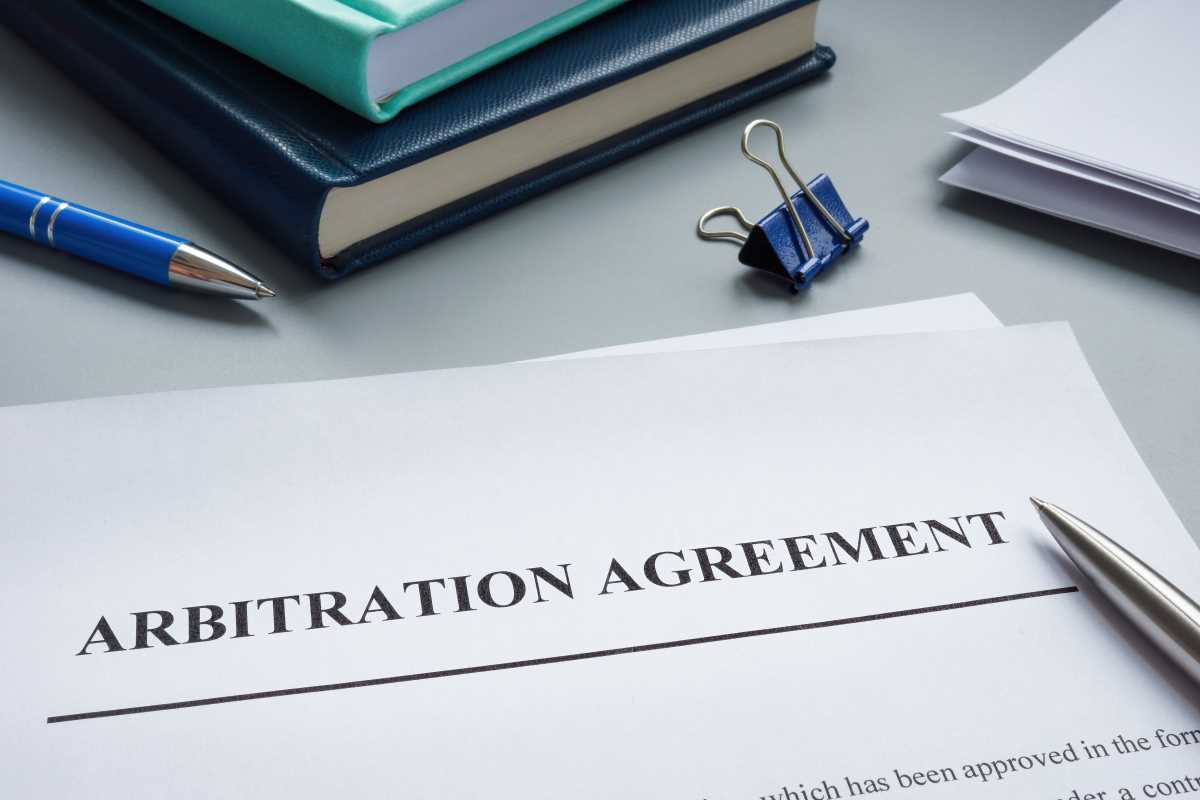Being a creator is exciting, empowering, and often deeply personal. Whether you’re an artist, writer, inventor, designer, or entrepreneur, your creations represent your hard work, talent, and imagination. But with the digital world making it easier than ever to share (and copy) content, protecting your intellectual property (IP) has never been more critical.
Intellectual property includes your unique ideas, designs, and creations, making it essential to safeguard against misuse or theft. If you're unsure where to start, this guide will walk you through the key steps to protect your intellectual property and ensure your creative work remains yours.
Understanding Intellectual Property
Before protecting your creations, it’s important to understand what intellectual property is and the different types that might apply to your work. Here are the main categories of IP protection you need to know:
1. Copyright
Copyright protects original works of authorship such as books, art, music, photography, and digital content like videos or articles. It gives creators exclusive rights to reproduce, distribute, and display their works.
- Example: If you write a novel or publish a song, copyright protects it against unauthorized copying.
2. Trademark
Trademarks protect symbols, names, logos, or slogans that identify and distinguish your brand.
- Example: If you create a logo for your handmade jewelry business, a trademark prevents others from using a similar design to confuse customers.
3. Patent
Patents safeguard new inventions, processes, or products.
- Example: If you develop a unique gadget or create an innovative app, a patent ensures others can’t copy it without your permission.
4. Trade Secrets
Trade secrets protect confidential business information that gives you a competitive edge, such as formulas, strategies, or manufacturing processes.
- Example: Coca-Cola’s secret recipe is a famous trade secret.
Now that we’ve covered the basics of intellectual property, here’s how you can safeguard it effectively.
Step 1: Know Your Rights
The foundation of protecting your IP starts with fully understanding your rights as a creator. Many creators assume that their work is automatically protected under the law, but the reality can be more nuanced.
- Automatic Protections: Copyright protection begins as soon as you fix your work in a tangible form. For example, if you write a screenplay, it’s protected the moment it’s written down or saved as a file.
- Limitations: Automatic protection doesn’t mean you’re covered worldwide or in every situation. To strengthen your rights, registration is often necessary.
Understanding what counts as infringement and where your rights begin and end will empower you to act decisively if issues arise.
Step 2: Register Your Intellectual Property
While some protections are automatic, registering your intellectual property provides additional security and legal benefits. Here’s how to do it for each type of IP:
Registering Copyright
To formally register your copyright, file an application with your country’s copyright office (e.g., the U.S. Copyright Office). Registration makes your work easier to defend legally if someone infringes upon it.
- Pro Tip: Create an online portfolio or database of your works with timestamps to show proof of creation.
Securing a Trademark
Apply for trademark protection through your regional government agency, such as the U.S. Patent and Trademark Office (USPTO). Trademarks are renewable, ensuring long-term protection.
- Practical Tip: Conduct a trademark search to ensure no one else has registered a similar mark before you proceed.
Filing for a Patent
For inventions or unique processes, patent registration is more complex. Work with a qualified patent attorney to file your application. Be prepared to provide detailed documentation of your invention.
- Example: If you’ve invented a new type of eco-friendly packaging, include drawings, prototypes, and full descriptions in your application.
Protecting Trade Secrets
Unlike copyright, trademark, or patents, trade secrets are not registered. Instead, focus on confidentiality agreements, secure storage, and restricted access to sensitive information.
- Best Practice: Use non-disclosure agreements (NDAs) when discussing confidential projects with third parties.
Step 3: Use Contracts and Agreements
Collaboration is common among creators, but it can lead to disputes if roles and rights aren’t clearly defined. Contracts and agreements are critical to avoid confusion and protect your work.
- Non-Disclosure Agreements (NDAs): These ensure that any shared information (business plans, designs, concepts) isn’t disclosed or used without your consent. Use them when sharing ideas with potential partners, clients, or investors.
- Work-for-Hire Agreements: When hiring freelancers or collaborators, specify in writing that the work belongs to you once completed. Without this, the creator may retain ownership.
- Licensing Agreements: These allow others to use your intellectual property while compensating you. For example, you could license your photography for use on a website with specific terms.
Legal agreements don’t have to feel overwhelming. Using templates from trusted resources or consulting an attorney can make the process much easier.
Step 4: Monitor Your Intellectual Property
Even with protections in place, it’s essential to monitor for potential infringement. With the expansive reach of the internet, stolen or unauthorized use of intellectual property can happen quickly. Here’s how to stay vigilant:
- Google Alerts: Set up alerts for your name, brand, or specific work titles to ensure you’re notified if they appear online.
- Social Media Monitoring: Many creators find unauthorized use of their work on platforms like Instagram, TikTok, or Pinterest. Regularly check for uncredited uses of your content.
- Reverse Image Search: Tools like Google’s reverse image search help you track where your images or artwork are being used online.
- Legal Notifications: If you find infringement, send a cease-and-desist letter or, in serious cases, consult a lawyer to take legal action.
Step 5: Learn from Examples
Many creators have successfully navigated IP protection. For instance, Taylor Swift has trademarked phrases associated with her songs, like “This Sick Beat,” to prevent others from profiting unfairly. Similarly, LEGO aggressively protects its brand and designs, discouraging counterfeit products effectively.
These examples show the value of proactive measures and the long-term benefits of protecting your intellectual property.
Step 6: Educate Yourself Continuously
Intellectual property laws and best practices evolve, so it’s important to stay informed. Follow industry news, attend IP workshops, or consult resources like the World Intellectual Property Organization’s (WIPO) website to stay updated.
Connecting with creative or entrepreneurial communities can also provide valuable insights and support.
Protecting your intellectual property as a creator isn’t just about preventing theft; it’s about valuing your work, leveraging it effectively, and ensuring your creative legacy. By understanding your rights, registering your IP, using contracts, monitoring for misuse, and staying informed, you can confidently take ownership of your creations.
 (Image source: Midjourney)
(Image source: Midjourney) 





